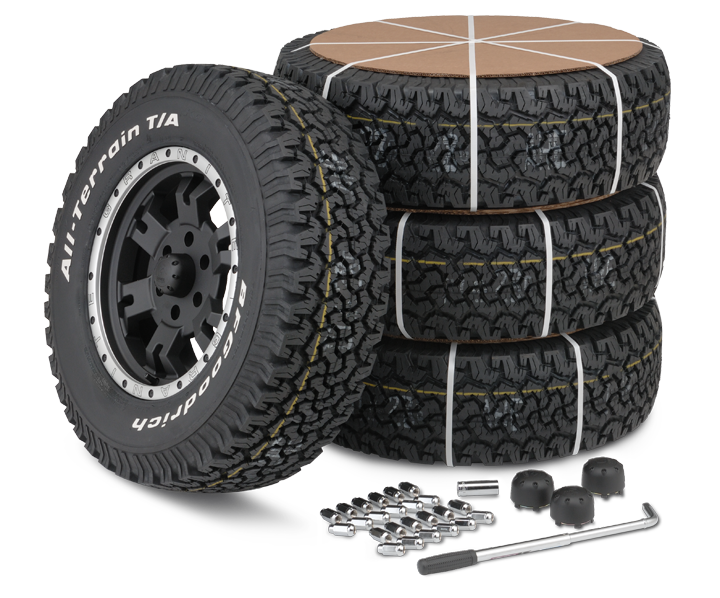Discover Exclusive Mopar Tire Service Specials in Morris Today
Discover Exclusive Mopar Tire Service Specials in Morris Today
Blog Article
Tire Solution: Recognizing Tire Pressure Surveillance Systems
Recognizing Tire Stress Surveillance Equipments (TPMS) is a critical facet of maintaining optimal vehicle performance and safety on the roadway. With developments in vehicle innovation, TPMS has become a basic function in modern-day automobiles, supplying real-time info on tire pressure degrees.

Significance of TPMS
The importance of Tire Stress Surveillance Solutions (TPMS) lies in their ability to boost automobile security and efficiency through real-time monitoring of tire stress levels. Keeping the proper tire stress is critical for making certain ideal handling, braking, and total security of an automobile. TPMS offers drivers with prompt feedback on any kind of underinflated or overinflated tires, enabling prompt adjustments to be made.
Elements of TPMS
Making up numerous essential elements, a Tire Pressure Tracking System (TPMS) operates as an advanced safety and security attribute in modern-day vehicles. The primary components of a TPMS include sensors, a control component, and a warning indicator. Sensors are normally situated in the tire shutoff stem or affixed to the wheel setting up, where they measure tire pressure and transmit information to the control module. If it spots considerably low pressure in any of the tires, the control module procedures this details and triggers a caution. The caution sign, commonly a sign on the dashboard, informs the motorist to inspect the afflicted tire or tires. Some advanced TPMS models also display the actual tire pressure readings for every tire, giving chauffeurs with real-time info to ensure optimal tire performance and safety and security. By checking tire pressure constantly, TPMS assists protect against crashes, reduces tire wear, and improves fuel effectiveness, making it a crucial part for car security and efficiency.
Types of TPMS

On the other hand, indirect TPMS counts on the vehicle's wheel speed sensing units to check tire pressure. This system discovers underinflation by comparing the rotational speeds of the wheels. Indirect TPMS is much less costly than straight TPMS, as it makes use of existing sensing units within the vehicle.
While straight TPMS provides more exact readings, indirect TPMS is less complex in design and commonly requires much less upkeep. Both systems have their restrictions and advantages, and the choice between them typically relies on elements such as cost, vehicle make, and individual choice. Comprehending the differences between these 2 kinds of TPMS can assist car owners make informed choices pertaining to tire upkeep and security.
TPMS Maintenance Tips
Conduct regular checks on the tire stress degrees and contrast them with the TPMS readings to ensure they are constant. Throughout tire turning or substitute, make certain that the TPMS components are dealt with very carefully to protect against any kind of possible damages. If the TPMS advising light brightens on the control panel, resolve the concern promptly by checking the tire stress and the total system for any kind of mistakes.
Advantages of Proper Tire Pressure
Maintaining appropriate tire stress, as emphasized in TPMS Maintenance Tips, is essential for enjoying the numerous benefits linked with optimal tire pressure degrees. Additionally, appropriate tire stress makes sure also tire wear, prolonging the life-span of the tires and promoting safer driving problems. In conclusion, check my site the advantages of proper tire stress go beyond just tire long life; they incorporate enhanced gas effectiveness, enhanced safety, much better car performance, and general driving comfort.
Final Thought
Finally, understanding tire pressure surveillance systems (TPMS) is critical for keeping optimum tire stress and making certain automobile safety and security. By recognizing the significance of TPMS, recognizing with its parts, knowing the different kinds available, adhering to correct upkeep suggestions, and recognizing the advantages of keeping proper tire pressure, vehicle drivers can improve their driving experience and extend the lifespan of their tires. Appropriate tire pressure is essential to secure More hints and efficient car operation.

Report this page